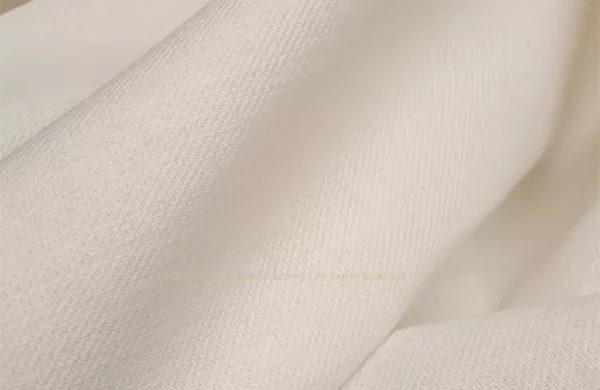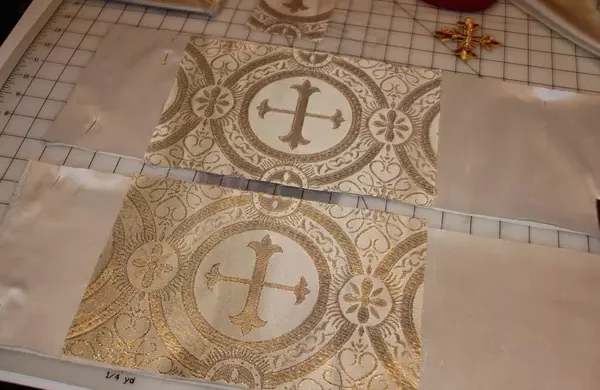
For great-looking vestments, use quality interfacing inside. Choose materials like Dowlas linen, French Micro Twill, and Silk Organza for stoles. Use pre-shrunk white cotton canvas for medium-weight support. For altar frontals, pick Dowlas or various weights of cotton canvas. Opt for Silk Dupioni, Satin Lining, or Cotton Sateen for lining, with dress-weight satin being versatile, Silk Dupioni serving dual purposes, and Cotton Sateen minimizing slipping in stoles.
Like this:
Like Loading...

My recommendation, to begin with, is the 4 1/2-inch pastoral stole. It is a basic stole and a great place to begin your stole-making journey. And if you get hooked on making stoles, this a great pattern to have in your library. It is one of our most popular stoles.
Like this:
Like Loading...

Making Priest or Pastor Stoles involves overcoming tricky parts. With Silk Shantung fabric, the challenge is its semi-transparency. To address this, underlining with unbleached muslin is presented. Orphrey size and placement are determined using the cutting table grid, following the design rule of “threes” for visual appeal. Now comes the tricky part: the lower edge of the stole. A geometry lesson and a protractor lead to marking angles and folding techniques, simplifying the process and making stole ends more enjoyable to finish.
Like this:
Like Loading...




You must be logged in to post a comment.